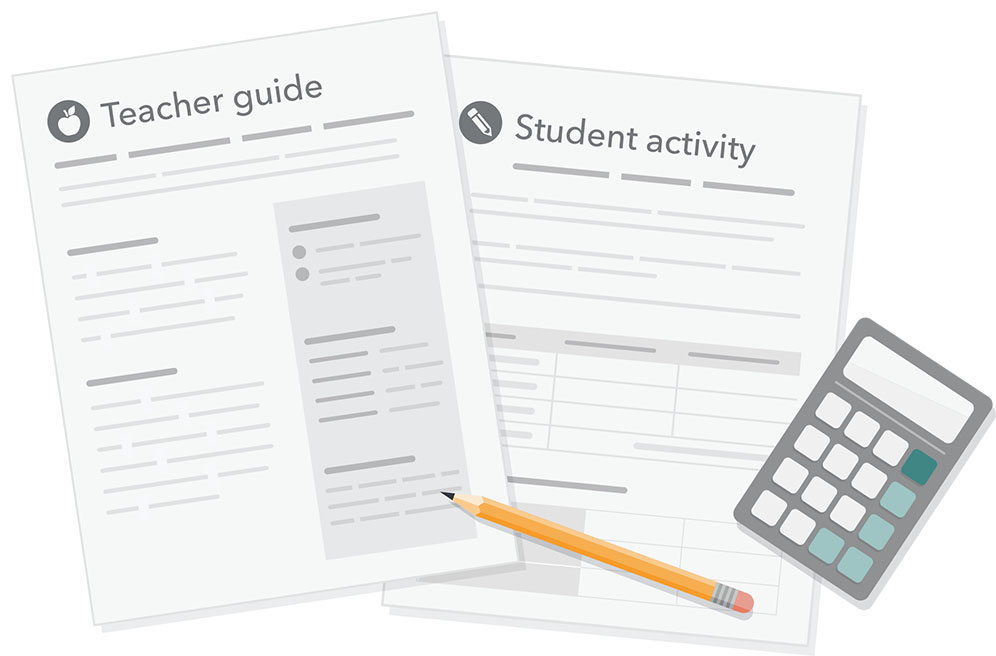Find financial literacy activities
Find activities that can help you teach and nurture the building blocks of financial capability across the curriculum.
These classroom activities can be completed within a single class period. Each activity comes with a teacher guide and supporting student material, so it’s easy to implement whether you’re an experienced personal finance teacher, integrating financial literacy into another subject area, or supplementing your existing financial education curriculum.

Search for activities
Protecting yourself against risk
Ideal for: Middle school (6-8)
After reviewing a handout about insurance, students will match types of insurance to the scenarios they cover.
Playing an insurance game
Ideal for: Middle school (6-8)
Students play a game to explore types of insurance and how they help protect people.
Learning about budgets
Ideal for: Middle school (6-8)
Students learn about budgeting rules and then apply their understanding in an interactive budgeting activity.
Contrasting long-term and short-term savings goals
Ideal for: Middle school (6-8)
Students learn the difference between short-term and long-term savings goals and apply their knowledge in an exercise-oriented game.
Using idioms to promote saving
Ideal for: Middle school (6-8)
Students explore idioms, which are expressions that use figurative speech, to better understand financial concepts like saving and earning.
Saving and investing card game
Ideal for: Middle school (6-8)
Students play a game to learn the difference between saving and investing and explore when to save or invest.
Examining elements of a paycheck
Ideal for: Middle school (6-8)
Students review a sample pay stub to understand the real-world effect of taxes and deductions on the amount of money workers take home.
Turning hobbies into earnings
Ideal for: Middle school (6-8)
After learning about the term “gig economy,” students brainstorm a list of fun hobbies or activities they enjoy doing that could be turned into money-making opportunities.
Counting cash
Ideal for: Middle school (6-8)
Students practice handling money through simulated purchases and sales transactions.
